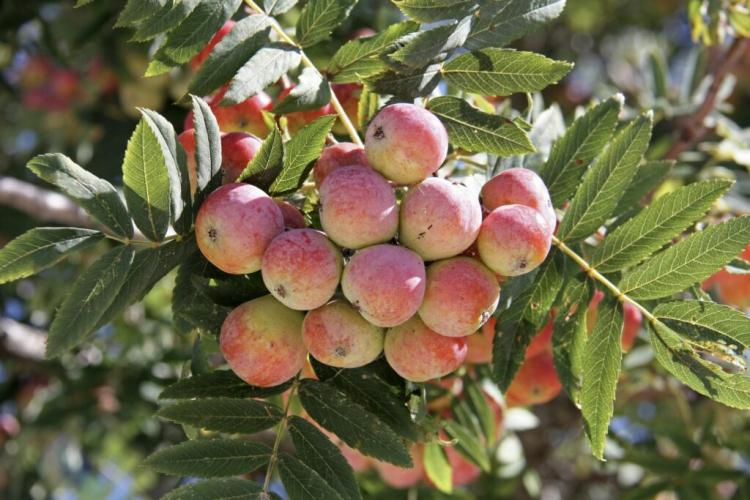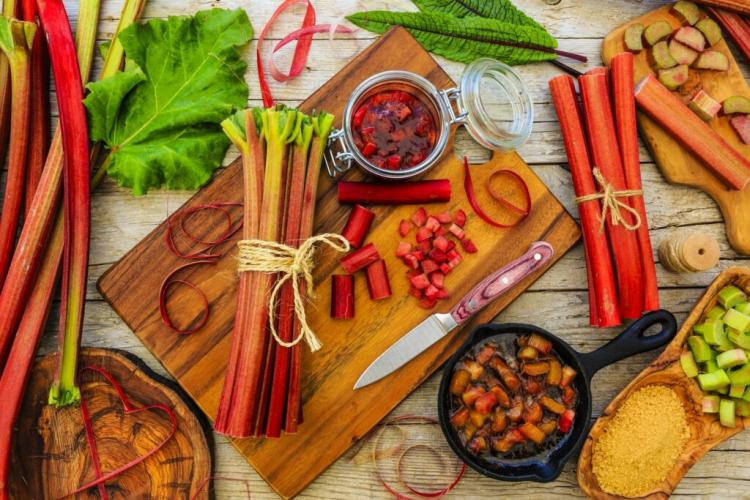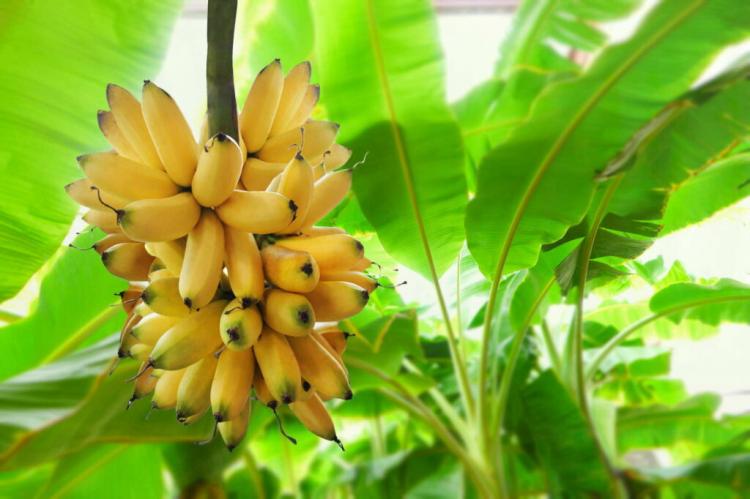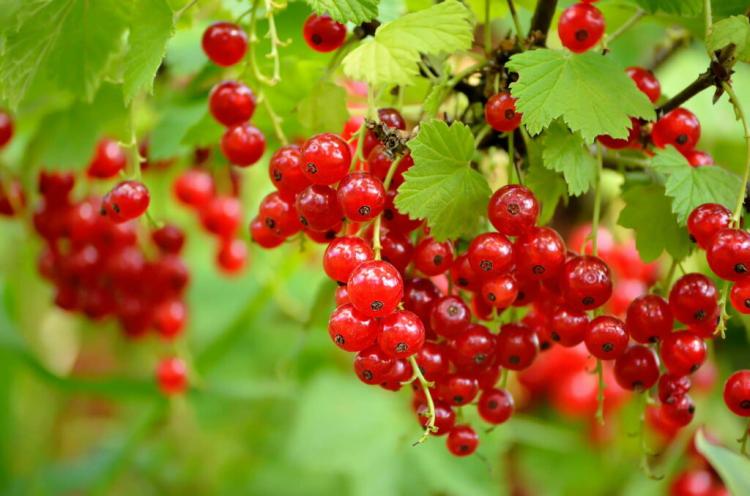Hardy Lavender Varieties: The 8 Best For Garden (Overview)
Lavender is associated with warm temperatures, but there are some hardy species and varieties that survive our winters. We introduce you. The genus lavender ( Lavendula ) belongs to the mint family (Lamiaceae) and comprises around 30 different species. The real lavender ( Lavendula Angustifolia ) and the Speiklavender ( Lavendula latifolia ) are of the greatest economic importance.
Lavender originally comes from the Mediterranean region, which is why not all varieties are hardy under our climatic conditions and must be brought indoors at the latest in the cold months. To circumvent this measure, in this article we present some varieties that you can easily overwinter outdoors under optimal conditions.
Real lavender is one of the most robust types of lavender. In its original home, it can also be found at higher altitudes and can withstand temperatures down to -15 ° C for a short time. The spear lavender, on the other hand, is much more sensitive to cold temperatures and already has problems at temperatures below -5 ° C. In the following, we will introduce you to both of these types.
Hardy real lavender varieties
With its blue-violet flowers, real lavender is one of the classics among the lavender types. Although it can withstand low temperatures for a short time, wintering in a protected location and additional care measures may still be necessary, depending on the region, so that the plant can get through the cold season unscathed.
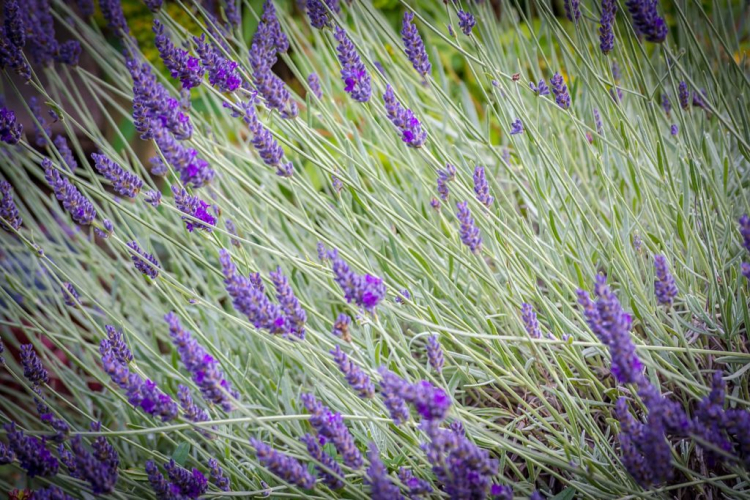
We can recommend the following hardy varieties of real lavender:
- ‘Hidcote Blue’: Proven variety from England; dark blue flowers with a tinge of purple; flowers from July to August; compact growth
- ‘Hidcote Pink’: beautiful pink flowers; suitable as a scented hedge; Flowering time from July to August; strongly fragrant
You might so like: How To Grow Spinach: Culture Guide And The Best Tips
- ‘Blue Cushion’: blue-violet flowers; bushy growth; suitable as a bed border; flowers from July to August; Winter protection when there is no frost is recommended; suitable for pot cultivation
- ‘Jamlitz’: Proven variety that is extremely tough and robust; also suitable for rough locations; blue-violet flowers from June to July; becomes relatively high
- ‘Dwarf Blue’: deep blue flowers with a tinge of purple; compact growth; suitable as a border and scented hedge; Flowering time from July to August, but possible until late autumn

- ‘Blue Ice’: Unique ice-blue flowers from June to July; robust variety; can be easily combined with darker varieties in terms of color
- ‘Blue Scent’: Very robust variety; purple-blue flowers from the beginning of June; good growth; rather undemanding
- ‘Elegance Purple’: hardy variety; ideal for the garden; purple flowers from July to August; bushy growth
You might so like: Fertilizing Basil: Which Fertilizer Is The Right One?
Winter hardy spear lavender varieties
The broad-leaved lavender, as the Speiklavender is also called, is conditionally frost-resistant, but cannot be classified as hardy. In regions with very changeable climates, the Speiklavender should therefore be brought indoors during the cold months. Cold stress is particularly favored by fluctuating weather conditions with an alternation between rain, snow, frost, and thaw. However, the Speiklavender should not be exposed to weeks of permafrost. To simplify the wintering, it is a good idea to cultivate this species in a tub or pot.

Hibernate hardy lavender
However, it is not only the selection of the right species that is decisive for successful wintering.
You might so like: The Haricot (Green) Bean: Cultivation Of French Bean
Good care, the right location, and suitable protective measures are also essential. For those species that can be overwintered outdoors, a layer of brushwood, leaves, or mulch offers protection from precipitation and cold as well as from excessive solar radiation. On the other hand, it is best to bring potted plants indoors and put them in a dry, unheated room.

